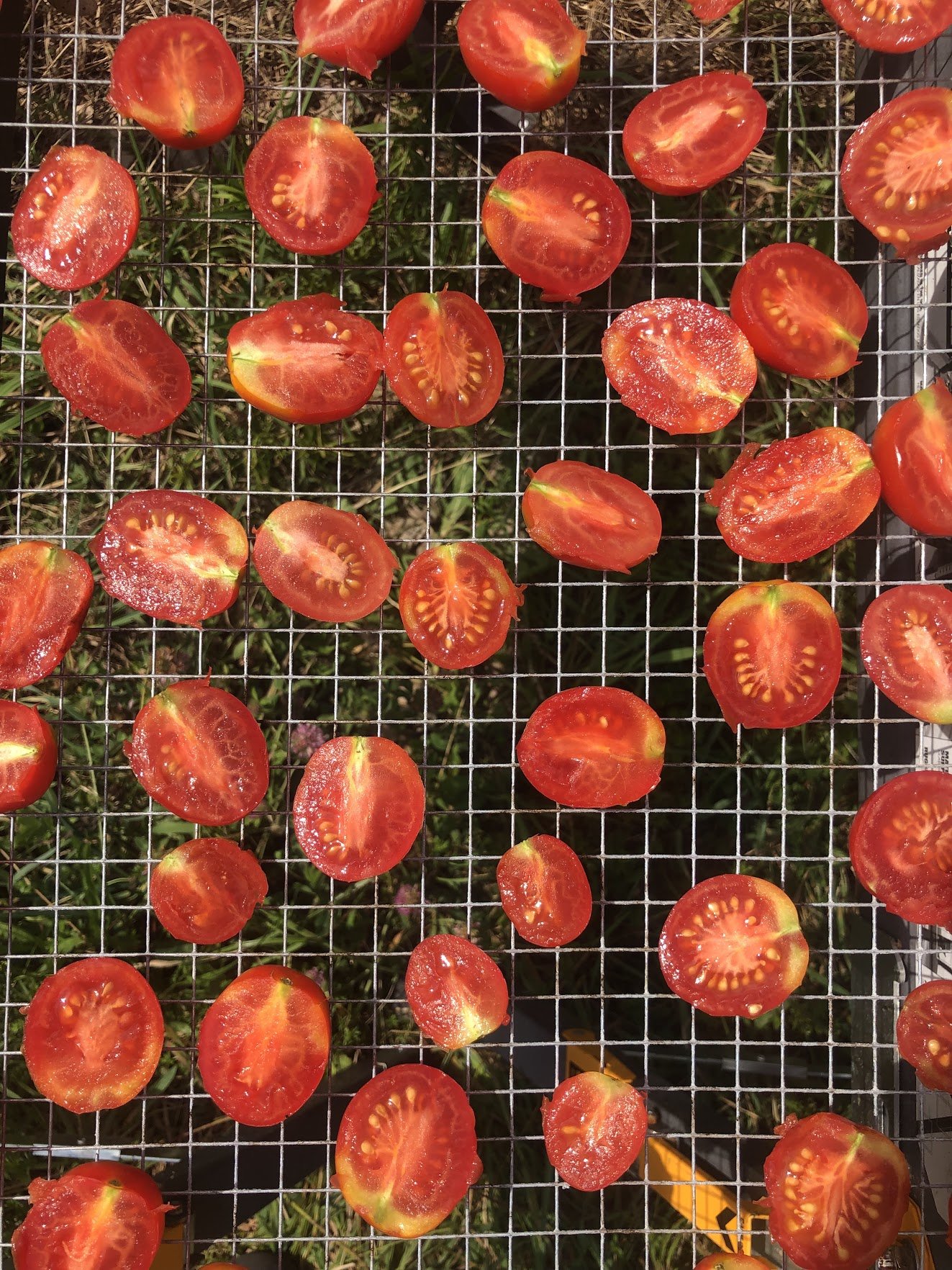
If facts are the seeds that later produce knowledge and wisdom, then the emotions and the impressions of the senses are the fertile soil in which the seeds must grow. The years of early childhood are the time to prepare the soil
—Rachel Carson
Mighty Oaks
Enrichment Program Overview
In the Mighty Oaks enrichment program, students (ages 3-6) will develop a genuine curiosity and a deep sense of belonging to the natural world. As play facilitators, we view each child as capable, strong, and curious about their environment. Our approach follows each child's interests to create unique educational opportunities, some self-guided and others adult-led. Based on the Waldkindegarten model, experiences with the natural world will help students to challenge themselves while building confidence.
Students, unless extreme weather conditions prohibit us, will spend the majority of the sessions in an outdoor environment. Every child will require weather-appropriate clothing so that they are able to stay warm, dry, and comfortable throughout the entirety of each session. Recommended garments and accessories are listed on our registration information page.
Highlights
no more than a 6:1 child-to-adult ratio
Place-based learning
Child-led and play-based philosophy
Holistic, experiential learning
(social, cognitive, physical, and emotional development)Mixed age groups
Connections with the natural world
Responsible, risky play
Community involvement
The Site
The Mighty Oaks program takes place on Franklin Forest Farm’s 25 acres of mixed meadows, woodlands, and wetlands.
Our outdoor ‘classroom’ is the main site where students play, create, and observe the cycles of trees, animals, plants, and fungi on a daily and seasonal basis. The site is a large, mostly flat area alongside a shallow, meandering stream in the understory of deciduous trees. Apart from our time on the main site, students also have opportunities to hike and explore our meadows and farmland.
The main site has lots of natural materials and child-sized tools for creative play. There is a central meeting spot around the fire pit for formal group teaching and conversation, weather shelters, a climbing rope, discovery tables, mud kitchens, and a sand area.
In the meadow, right off of the path that leads to our main forested site is a garden planted and cared for by the children. We are in the process of planting edible trees and perennials in this area to create a food forest.
Having sites we return to every session is important for developing a sense of confidence, ownership, and connectedness. These sites will help the children grow mentally, physically, and socially, and in turn, develop a deep relationship with their own imaginations, environment, and one another.


























